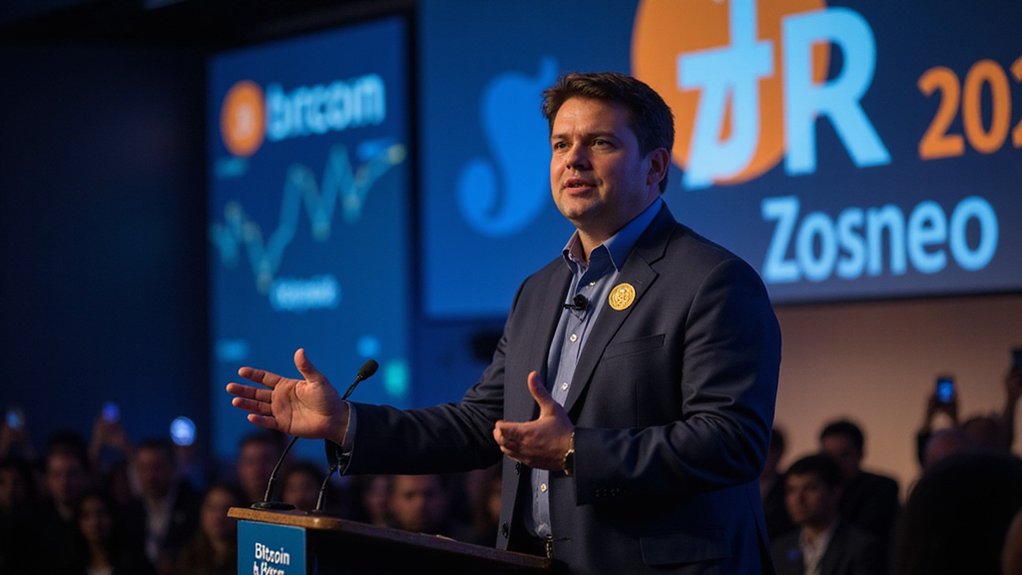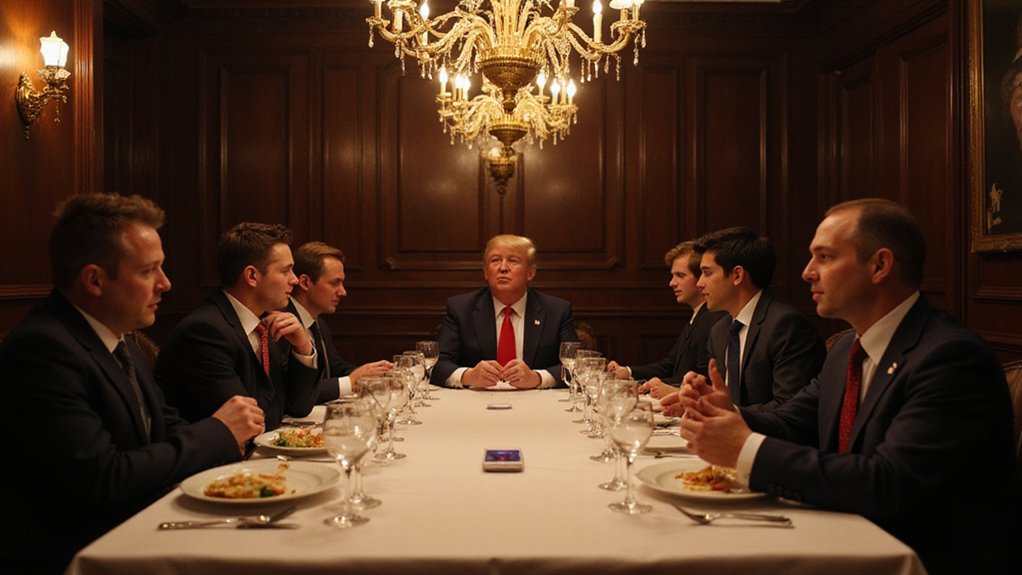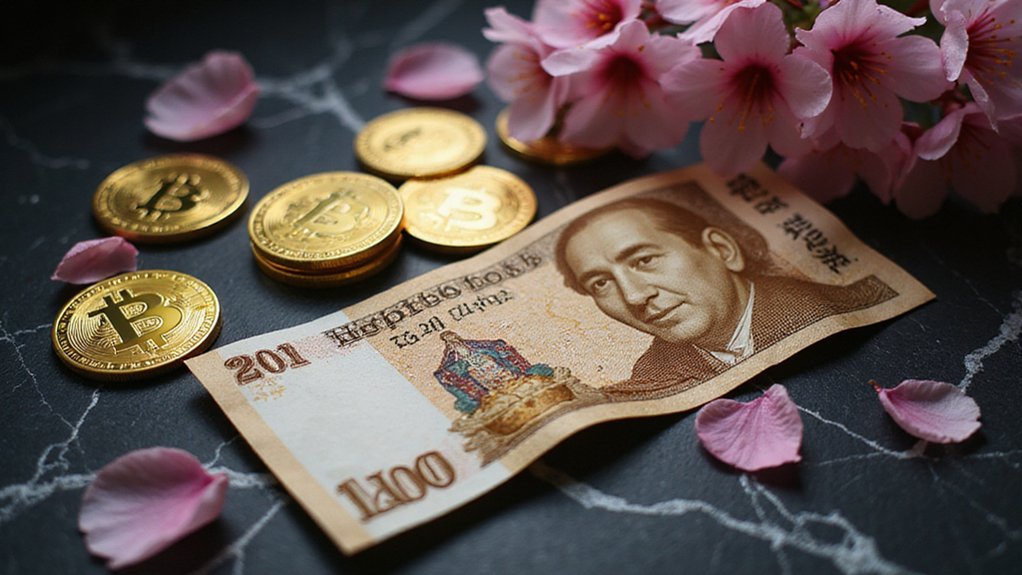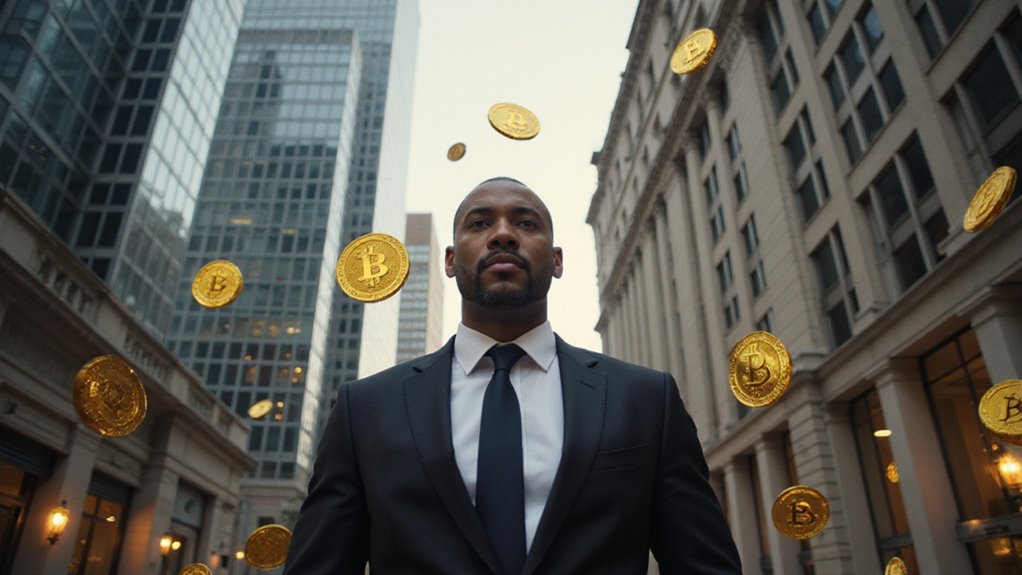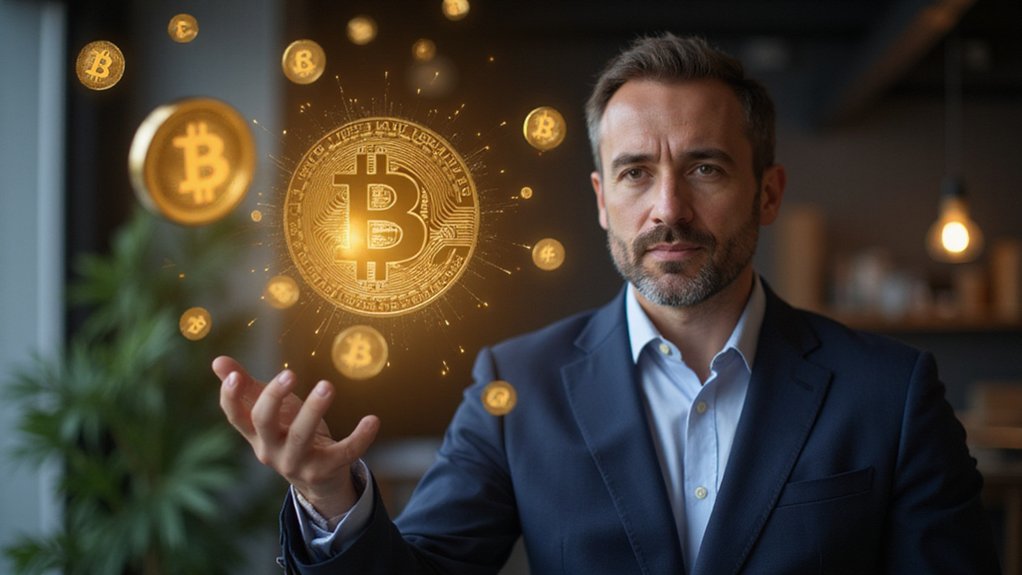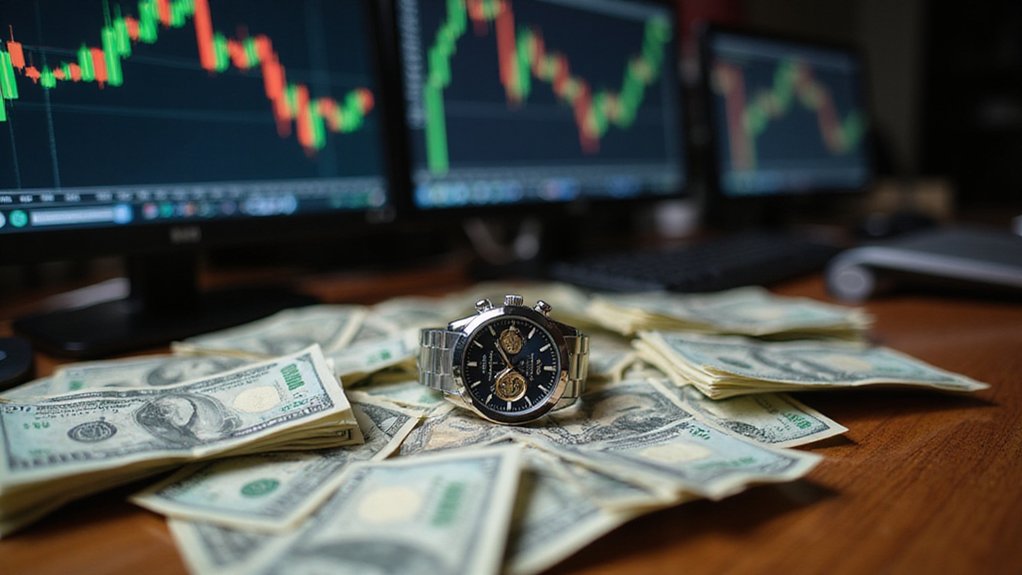How exactly did a former cryptocurrency skeptic become one of the most prominent voices championing Bitcoin’s place in America’s economic future?
The transformation was on full display at the Bitcoin 2025 Conference in Las Vegas, where JD Vance delivered a keynote address that signaled a seismic shift in the administration’s stance toward digital assets.
The May 28-29 event, which featured a notable Trump-heavy lineup including Donald Jr. and Eric Trump, served as the perfect platform for articulating what can only be described as a regulatory volte-face.
Vance’s rhetoric emphasized the inextricable link between cryptocurrency innovation and personal freedom—a connection that, while rhetorically convenient, represents a remarkable departure from previous administrative positions.
The embrace of crypto as freedom’s frontier marks a stunning reversal for an administration once hostile to digital assets.
This newfound enthusiasm for Bitcoin as a “strategic asset” comes amid broader efforts to develop a pro-crypto legal framework, particularly regarding stablecoins (those less volatile cryptocurrencies that, paradoxically, derive their value from being tethered to traditional financial instruments).
Despite their promise of stability, investors should be aware that stablecoin values are not guaranteed, especially during significant market fluctuations.
The irony of such a regulatory pivot has not been lost on market observers, who have witnessed the administration’s evolving relationship with digital assets.
The economic implications of this policy shift could be substantial.
Vance’s address positioned cryptocurrency not merely as a speculative investment vehicle but as a catalyst for job creation and innovation—a narrative that conveniently aligns with broader economic messaging.
This mainstreaming effort, streamed on YouTube and covered extensively by outlets like CNBC TV18, reflects a calculated attempt to reframe digital assets within the context of American economic competitiveness.
Looking forward, the crypto industry anticipates clearer regulatory guidelines and potential legislation specifically addressing stablecoins.
The global implications of America’s regulatory posture—particularly regarding international cooperation on crypto policies—remain significant yet uncertain.
As investment opportunities emerge from this newly supportive environment, one question persists: Does this regulatory thaw represent genuine conviction or merely political expediency?
The market, as always, will render the ultimate verdict.
